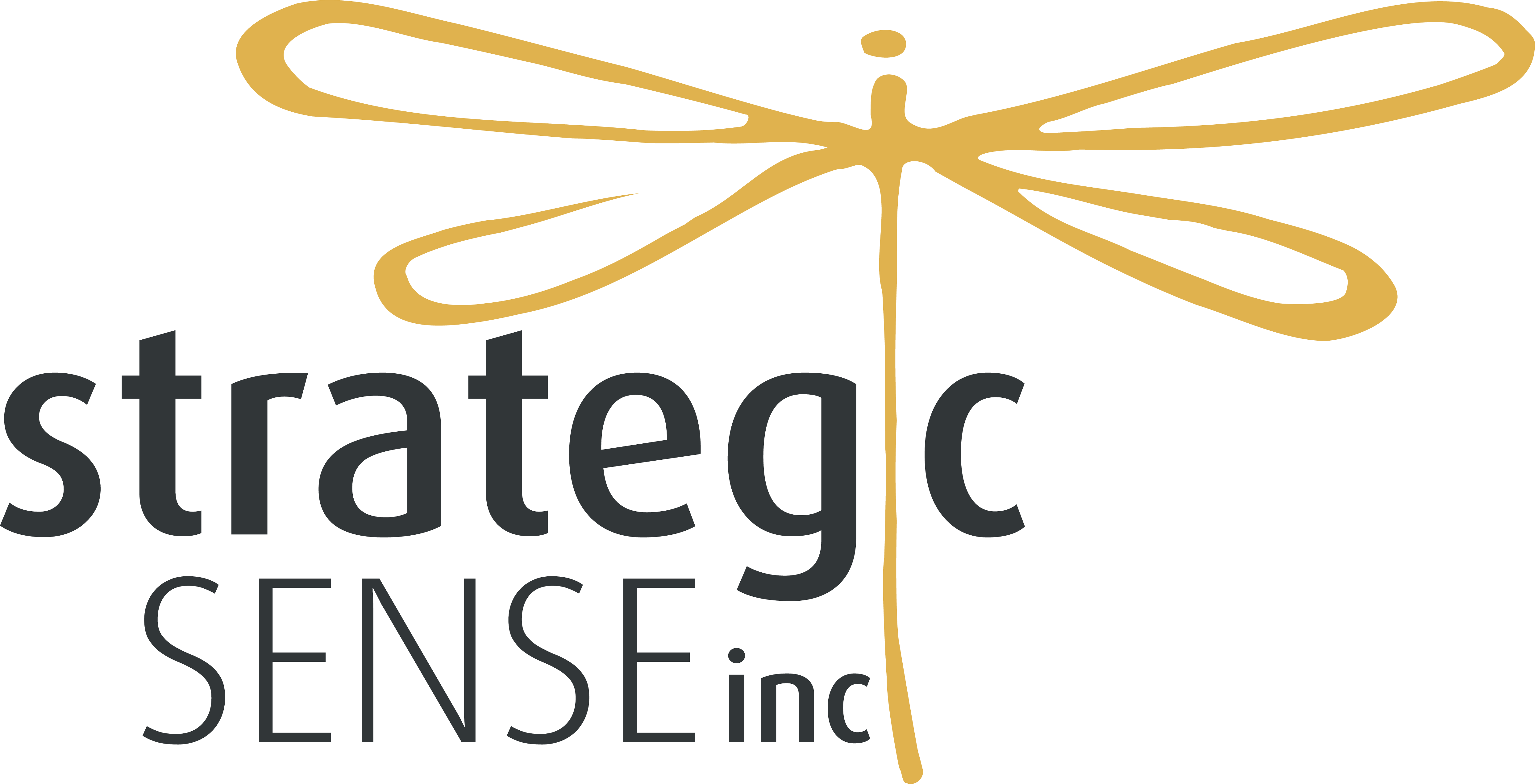 In ‘Frustration in your IT dept. – Part 1’, we introduced the new reality where IT is the foundation for your business and noted the emotional responses occurring within IT departments whose structures have not evolved to that awareness. Let’s begin building transformation agility by addressing your IT department challenges.
In ‘Frustration in your IT dept. – Part 1’, we introduced the new reality where IT is the foundation for your business and noted the emotional responses occurring within IT departments whose structures have not evolved to that awareness. Let’s begin building transformation agility by addressing your IT department challenges.
In Part 2 we address department structure, cross-functional collaboration, and leadership mindset by addressing the emotions we noted in part 1. Again, for the purpose of simplicity the expression ‘IT’ is being used for IT, OT, IS, etc.
Where does IT fit in your organization?
During my early years in the IT field, the IT department supported the business, offered desktop deployment, storage capacity, access to the internet, infrastructure, and desktop application support so that people could do their jobs.
Today, with an increase in ways technology impacts our business, (social applications, online e-commerce, SaaS, IIoT, automation, AR, VR, machine learning, analytics for decision making, big data for customer information, demand for cybersecurity protections, etc.), IT’s responsibilities to the business have changed.
Complex software such as the new ERP systems, ITSM/ESM systems, CRM databases, and enterprise cloud solutions, (just to name a few), have altered the business landscape. IT department roles are more complex and relationships with other functional areas of the business are more interdependent than ever.
You might not realize it, but businesses are now primarily digital from operations through to customer fulfillment, yet we still treat the IT department as an internal desktop support group. Much of the underlying emotion and frustration within the IT department can be tied to the challenges they face in supporting a digital business that doesn’t partner with or interacts with IT. Fear and Anger are merely symptoms to a needed shift in department structure, collaboration, and leadership mindset.
So let’s address a few of the challenges and frustrations mentioned in Part 1 of this series.
Fear
“My job is going away – I no longer hold the same value I once did with this new technology – I am not included in the project but have to support it with no information.”
- Develop a training roadmap and tie it to the digital roadmap (please tell me you have one). Build training toward technology trends, don’t wait. Support a shift in roles, and management, as automation increases and roles change to accommodate new technical specialties such as AI, Blockchain, etc. This action will reduce the fear of job loss. Let people know there is a path and stop assuming you’ll find technical talent for new emerging technologies outside your existing resources. (Stats indicate a significant shortage within the U.S. and Canada)
- Reorganize your department, based on your new technology value-add, by aligning competencies for the ongoing growth of your business direction. (Don’t lay-off, realign!)
- Ensure succession planning exists to free up IT resources to participate as consultants to the project implementing it. (It is as easy as, “Who covers you while you are on vacation?”)
Anger
“Secret projects where I have no voice or impact – Implementation does not align with how the technology is meant to work – I am being asked to do more with less and am putting in too many hours but cannot keep up – there is no vision and I am being asked to do three different things by 3 different leaders.”
- Engage stakeholders that are impacted in primary and secondary ways and open the door to idea sharing and design discussions. Use design thinking approaches, workshops, roadshows, transformative scenario planning, change networks, and world cafés. Let the people help you make it relevant so they can contribute to the vision. (make engagement an action, not a topic)
- Value the ideas and embrace the knowledge of the teams in your IT department through stakeholder value sessions, technical demos, feedback mechanisms, superuser groups, representative decision making, idea brainstorming, and collaborative development.
- Develop your leaders in the science of how people change and teach them ways to lead change with a clearly defined vision and the right tools to build value-chain alignment throughout the organization.
- Build organizational support for better communication, documentation, training, and sustainment of the change – put your dollar where your mouth is. (Here is a book to buy)
- Contribute to your enterprise software support using cross-functional owners that belong to a community of practice. Let them create company ‘best practice’ together as it relates to their various functions and their departmental intersects for supporting all staff and customers on a specific technology. (Make it part of your training roadmap.)
- The merging of IT/OT has long been a hot topic, but given the interconnectedness of departments, cloud technology, and other changes, it is high time we stopped making them compete for budget.
Effort
“I love technology and want to do my best – I am good at complex problem solving but am not being utilized – I care about the outcome but am not given the ability to improve it – Feeling the weight of constraints on the business.”
Disenfranchised staff becomes short-term staff. As the complexity of the technology increases, so must your investment in the people who know your business best. Recognition of the work they do and flexibility in how they perform their work go a long way to supporting people putting in that extra effort.
- Provide workplace flexibility. Organizations have all the tools necessary to allow their teams to work from anywhere. Place reasonable parameters around what ‘remote’ looks like and then give your team the leverage they need to do their jobs, any time of day – from anywhere. (Strategic Sense is a virtual team, we use tools to engage, we gather when needed, and we seem to accomplish more in a day by eliminating unnecessary meetings.)
- Free-up your subject matter experts to focus on developing technologies that support your company objectives by automating mundane tasks.
- Empower your front-line staff with the right knowledge tools to allow them to take on a greater role in helping people throughout the company.
- Stop separating ‘the business’ from IT – everyone at your company is the business. Recognize that your business is primarily dependant on digital innovation and you need people to support that. Example: car manufacturers are not just car makers, they are digital engineering firms that also create vehicles.
- Stop relying on a contingent workforce or internships to fill the technical gaps in your business. Build a better digital plan for the technologies that really matter.
Leadership Mindset
There is so much more that we can add about ways to shift the IT department and support the enterprise through a solid IT foundation. But the biggest challenge facing IT departments is the mindset of the leadership and their relationship and understanding of the value of IT.
- IT as a foundation for all other business functions needs collaborative partnerships between departments. Competing KPI’s often get in the way. Performance measures MUST be indicative of the digital roadmap and measure interdepartmental collaboration rather than remain focused on competing budgets.
- Flatten organizational structures with less burdensome approval processes to allow for a more agile environment that is better poised to compete with disruptive technologies.
- Embrace transparency! Secret projects are never really secret, you gain a far more acceptable response and adoption rate if people have a voice, are well prepared, and are given the resources needed to move forward. Keeping it secret drives gossip and rumours that will always come back to bite you. (We are talking about technology changes here, not SEC confidentiality or merger activities.)
- Invest in your IT department, and the people within it, by recognizing more adaptable financial models designed around longer-term technology roadmaps. Build a plan that allows you to fund the people side of change to reduce support costs and empower your people to get you to future state faster.
- Develop a ‘continuous improvement’ culture. Stop seeing digital within your business, or the projects within your business, as static with an endpoint. Technology evolves and your business must evolve with it.
